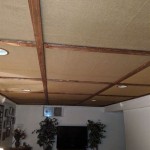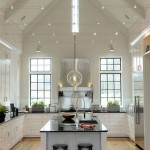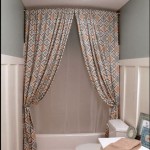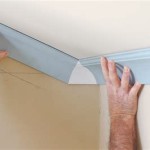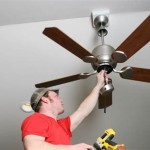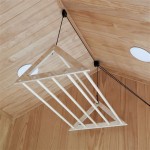Ceiling cover plates are an essential part of any home or commercial building. They provide protection from moisture, dust, and other debris from entering the ceiling cavity, as well as providing a pleasing aesthetic. But what exactly are they and how do you choose the right one for your needs? This article will provide you with the information you need to make an informed decision when choosing your ceiling cover plate.
Types of Ceiling Cover Plates
Ceiling cover plates come in a variety of designs, shapes, sizes, and materials. The most common types are plastic, metal, and wood. Plastic is the most affordable option, but it may not always be the best option depending on the application. Metal and wood offer a more durable and decorative solution, but they can be more expensive.
Plastic ceiling cover plates are typically used in residential settings and are available in a wide range of colours to suit any décor. Metal and wood options are typically used in commercial applications and can be used to match or contrast a building’s existing architecture. When choosing a ceiling cover plate, consider the level of protection that is required and the aesthetics of the space.
Installation of Ceiling Cover Plates
Installing a ceiling cover plate is relatively straightforward. The plate should be positioned over the hole in the ceiling and held in place with screws. If the cover is being applied to a drywall ceiling, then it is important to use drywall anchors to ensure the plate remains secure. It is also important to use the correct size screws to ensure a snug fit.
Depending on the type of ceiling cover plate being installed, additional steps may be necessary. For example, for metal and wood options, the edges may need to be sanded and sealed to protect them from moisture and dust. For plastic plates, a sealant may need to be applied to ensure a secure fit.
Cleaning and Maintenance of Ceiling Cover Plates
Cleaning and maintenance of ceiling cover plates is relatively easy. For metal and wood plates, a damp cloth or mild cleaner can be used to remove dust and grime. Plastic plates can be easily wiped down with a damp cloth. If the cover plate has been sealed, it is important to ensure that the sealant is not damaged as this may cause moisture to enter the ceiling cavity. Regular cleaning and maintenance will help to prolong the life of the ceiling cover plate.
Conclusion
Ceiling cover plates are an essential part of any home or commercial building. They provide protection from moisture, dust, and other debris, as well as providing a pleasing aesthetic. When choosing a ceiling cover plate, consider the level of protection that is required and the aesthetics of the space. Installing a ceiling cover plate is relatively straightforward and regular cleaning and maintenance will help to prolong the life of the plate. With the right information and guidance, you can find the perfect ceiling cover plate for your needs.















Related Posts

